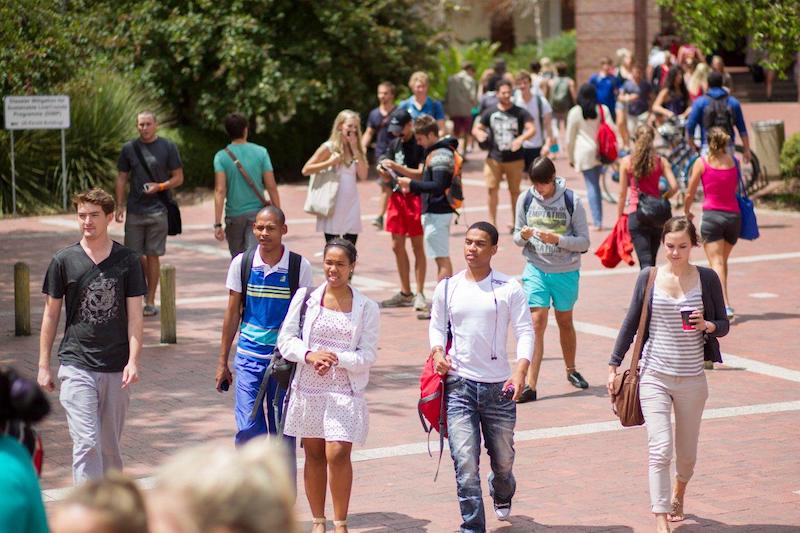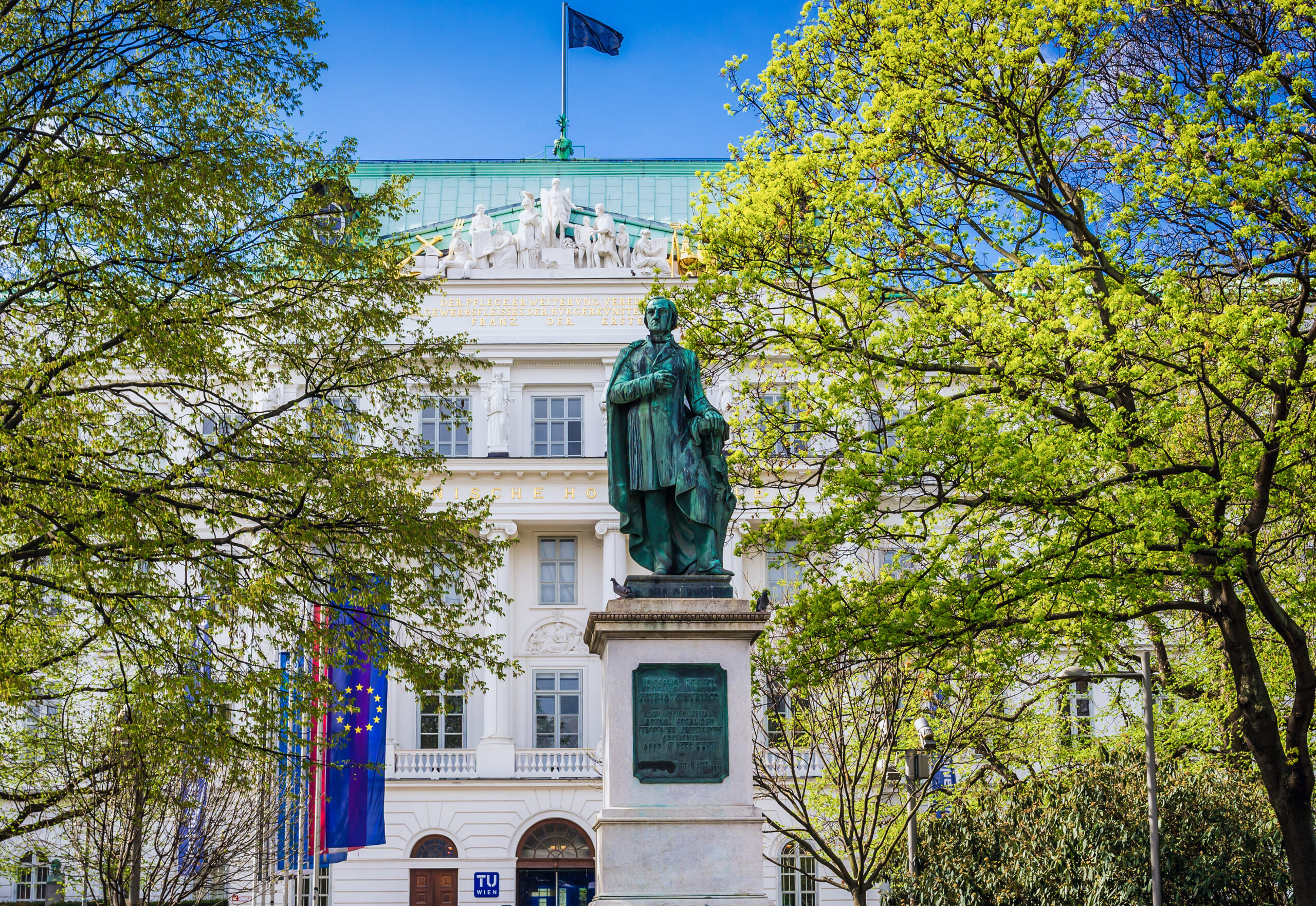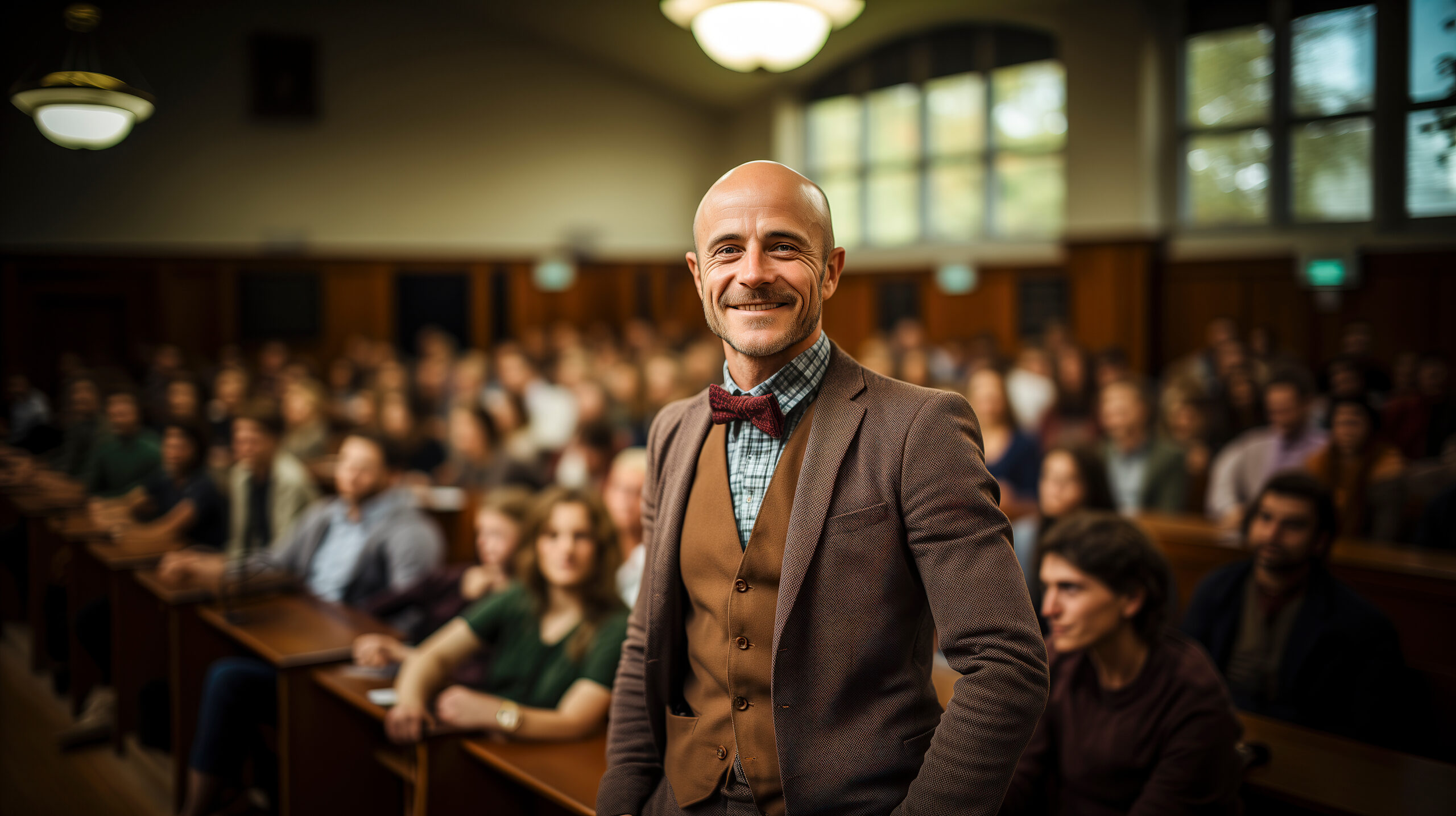Stellenbosch University in South Africa is climbing the rankings to cement its reputation as a world-class institution. The university is committed to meeting the needs of Africa’s growing population and attracting diverse staff and faculty. We spoke to Johan Loubser, Head of Personnel Provision and Planning, to learn about some of the strategies they are using and how they are changing the national perception of the university.
One of your core strategic themes is to be an employer of choice. Can you tell us about what that means at Stellenbosch?
Our vision is to be Africa’s leading research-intensive university. In order for us to achieve our vision, it is important that we can attract outstanding students and employ talented staff and researchers. One of our focus areas for the next five years is to become an employer of choice and to do that we have to support the health and wellbeing of our people. We’re working on our talent acquisition and talent management plan, but also on encouraging life-long learning and creating an inclusive campus culture so our employees can maximize their potential.
How do you gauge your progress towards these goals? Are there KPIs that you monitor?
When it comes to ensuring equity and promotion, we monitor the share of our permanent staff who are from the designated groups, as well as the share of doctorate-holders from designated groups who are in permanent academic positions. Year over year we continue to increase in these areas. We also look at the percentage of our staff that participate in training and development programs each year because we want to be an organization that encourages staff development and responds to individual needs. Since we want to encourage staff wellbeing, we conduct staff surveys about wellbeing and work culture to identify areas for improvement and monitor how many staff members use our employee services.
When you go about recruiting international staff, what is your process for that?
First of all, when it comes to recruitment, there is a huge difference between recruiting for administrative positions and more strategic, academic positions. And then, of course, there’s another component for our recruitment locally in South Africa, which is the diversity targets that we have to adhere to. These targets are about race and gender and we have to comply with the targets that the government set up for us. So our talent acquisition on the higher level is more focused on the national side of things and getting the right local people in.
When we go international, for talent that is not in South Africa, it is when we can not source someone from here. Then we rely on job boards and websites such as Academic Positions. We’ve also got an external company that handles strategic recruitment for us. They will map the market and provide us with a list of names. We do this for senior positions, like associate or full professors, as well as Deans, Vice Deans, rectorate positions, and Deputy Vice Chancellor positions.

Can you talk a little bit about some of the strategies that you use to attract diverse staff and faculty?
If you look at the legacy of our university, there was very little diversity in the higher level positions while the lower level positions were held by a very diverse spectrum of people. So, for now, we have to concentrate on diversifying the higher level positions. We’ve set targets and the Deans must provide us with personnel plans which will include specific diversity figures. Performance can be measured against what is achieved in terms of diversity. It is a topic that is very high up in all of our agendas. We have a medium term, five year plan with regard to diversity targets.
It is not always easy to find the right talent, especially within South Africa where we have to compete with the corporate environment within a diversified economy of a developing country with an abundance of goods and natural resources and being recognised as one of the largest industrialized countries in Africa. We are in a situation where we really have to concentrate on finding those diamonds to attract them to our university, and that’s where we have to sell Stellenbosch and the culture of the university. We have to concentrate on the inclusive culture we have at the university now and how things have changed since 1994, because there are still perceptions out there. There is still a perception that this is not a multi-lingual university which means that some people can be excluded, which is not the case.
Language is actually a big focus area for us. We are currently revising our language policy which dates back to 2016. This policy covers everything: internal communication within the university, communication outside the university, the language of teaching, running parallel classes in different languages etc. Within the Western Cape, where we are situated, the three languages that are prominent here are English, Afrikaans and isiXhosa. Those are the languages we focus on, but in total we’ve got 11 official languages in South Africa and we try to cater to all of them. English and Afrikaans are our languages of learning and teaching, while we contribute to the advancement of isiXhosa as an academic language, and also continue to expand it as an internal language of communication.








